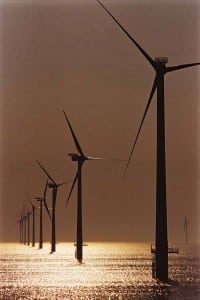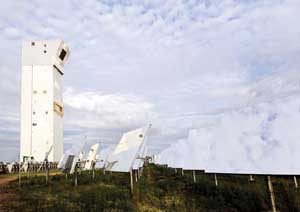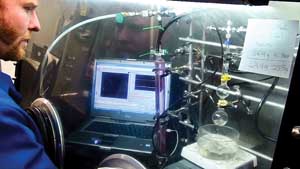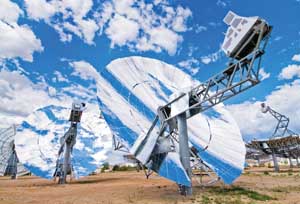Global Monitor
-
-
Nuclear
World’s First EPR Gets a Roof
Olkiluoto 3, the world’s first EPR whose construction in Finland has been plagued by major delays, in September reached a significant milestone as its 200 – metric ton, 47-meter-diameter steel dome was hoisted into position 44 meters above the ground.
-
Coal
Three CCS Tests Worldwide
This September — a year after Vattenfall launched the world’s first oxyfuel pilot plant for carbon capture and sequestration (CCS) at the Schwarze Pumpe lignite-fired plant south of Berlin, Germany — three high-profile and long-awaited carbon capture tests started operation around the world.
-
Nuclear
India Designs Thorium-Fueled Reactor for Export
While the global spotlight is fixed on India’s massive coal-fired power capacity expansion, the country with meager uranium reserves has been pressing on with a unique long-term program that pushes for research and development of nuclear reactors using all three main fissionable materials.
-
Environmental
New Pressurized CCS System Could Cut Energy Penalty
Researchers at the Massachusetts Institute of Technology (MIT) looking into new power generation cycles have designed an innovative oxyfuel system that uses a pressurized coal combustor to capture and concentrate carbon dioxide emissions for direct injection into deep geological formations.
-
Wind
Europe’s Offshore Wind Race
Denmark in September inaugurated a 209-MW offshore wind park — the world’s largest to date — off the west coast of Jutland, in the North Sea.
-
Solar
DLR to Commercialize Technology from Solar Tower Demonstration
A solar thermal demonstration power plant in Jülich, Germany, that was developed by the German Aerospace Center (Deutsches Zentrum für Luft- und Raumfahrt; DLR), was formally handed over to its future operator, the Jülich Department of Works this August.
-
-
Environmental
PNNL Pioneers New Sulfur and Carbon Dioxide Scrubbing Liquid
A reusable organic liquid developed by the U.S. Department of Energy’s Pacific Northwest National Laboratory (PNNL) to remove carbon dioxide (CO2) or sulfur dioxide (SO2) from power plant emissions could one day replace current scrubbing methods and allow power plants to capture the gases in a cost-efficient way that uses no water and less energy.
-
Nuclear
Using the Sterling Engine for Solar and Lunar Power
Since Robert Stirling invented the Stirling engine in 1816, it has been used in an array of specialized applications. That trend continues today. Its compatibility with clean energy sources is becoming apparent: It is an external combustion engine that can utilize almost any heat source, it encloses a fixed amount of a gaseous working fluid, and it doesn’t require any water — unlike a steam engine.







